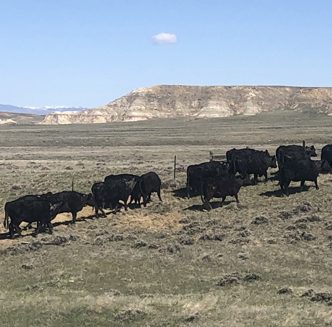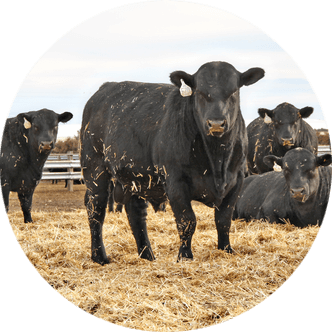The Trust of the Consumer
by Dennis Sun
No matter what business a person is associated with, they have to trust their customers to be successful. This is especially true for those in the food business today, and specifically for those in the meat business.
In the last few years, cattle and sheep producers have begun realizing they are actually in the meat business.
When a producer is asked what he or she does for a living, the usual answer is, “We raise sheep or we raise cattle.”
While this is true, I don’t think this is the answer we should be giving people.
A better answer would be, “I raise beef or I raise lamb.”
I’ll bet some good questions arise from this comment.
It is especially important these days with the high price of beef and lamb, as consumers want to know more about the meat they eat and, to an extent, where it came from.
Today, beef and lamb producers are fortunate to have such loyal consumers, as demand for our beef and lamb is staying strong despite higher prices.
National Cattlemen’s Beef Association Senior Director of Scientific Affairs Mandy Carr-Johnson was a featured speaker during the 2025 Beef Improvement Symposium, and she says, “Consumers make protein choices based on five critical factors. These key purchase drivers include eating experience, convenience, price, nutrition and understanding how cattle are raised and grown for food.”
“Beef satisfaction is high, with more than 90 percent of consumers reporting a positive eating experience for steaks and ground beef, at home or at a restaurant. Convenience is crucial, with 73 percent of consumers preparing more meals at home,” she adds.
“Consumers are increasingly embracing online shopping, particularly younger generations. They typically shop at multiple outlets, including grocery stores, mass merchandisers and club stores. Online grocery shopping has stabilized, with most consumers using these platforms monthly or weekly,” she continues.
Additionally, Carr-Johnson notes, while beef is recognized as a high-quality protein source, consumers still perceive chicken as healthier, but the rise of high-protein diets and weight loss medications has created opportunities for beef to position itself as a nutritious protein option.
Carr-Johnson continues, “One-quarter of consumers claim to be familiar with food production practices. They want to hear directly from farmers and ranchers about their practices. The Beef Quality Assurance program has been effective in helping to address consumer concerns.”
In addressing media and consumer perception, she adds, “Media coverage of beef production is mostly neutral, with traditional media being less negative than social media. Sustainability stories about beef are relatively small compared to overall sustainability discussions.”
She concludes, “Authenticity is key. Consumers trust information from farmers and ranchers most. They want to understand how their food is produced, and they appreciate transparency about production practices. It’s not about telling your story. What I think is important is being able to be open to questions. It is seeing there are real life people behind the production of beef.”
These are all great key purchase drivers, and the same can be said for lamb.





